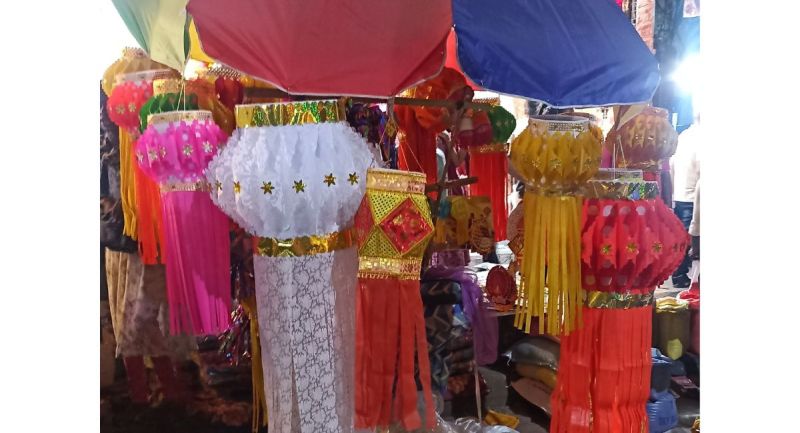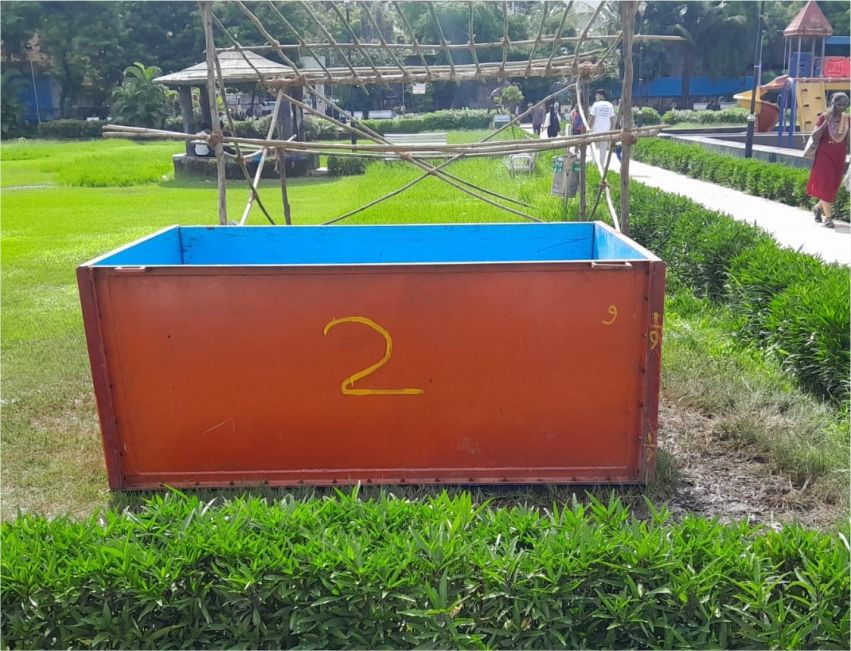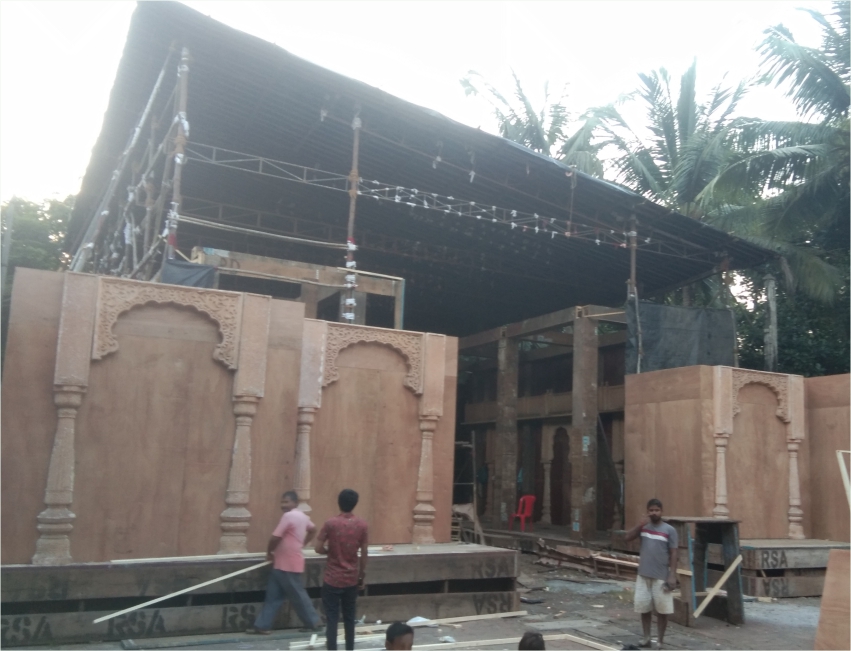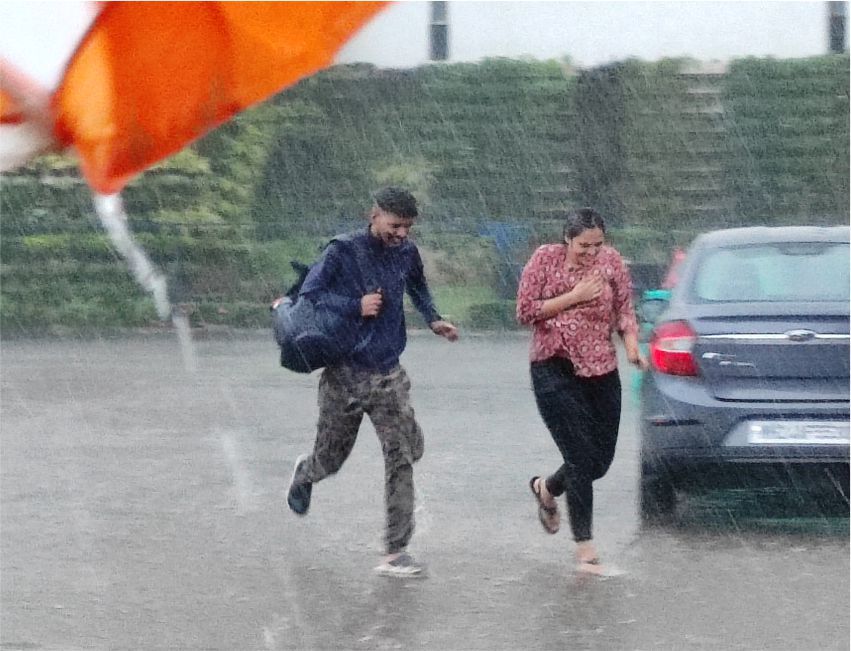Communities celebrate Diwali with unique customs and traditions

- Indrani Basu
- 31 Oct, 2024
Communities across the region have immersed themselves in celebrating the biggest festival of the year, Diwali, following their unique age-old customs. This year, Diwali was observed for two consecutive days, beginning with Diwali Amavasya at 3:10 PM on October 31st and concluding at 5:35 PM on November 1st. While most citizens celebrated Diwali on the evening of the 31st with traditional Lakshmi Puja, many also observed the New Year on November 1, 2024.
In addition to lighting their homes and creating colourful rangoli designs, community members undertook preparations well in advance to dispel negativity and invite prosperity into their households.
Maharashtrian families celebrated the festival by feasting on ‘Faral’, which includes delectable sweets like ‘karanja’, ‘ladoos’, and ‘shankarpare, along with savoury treats like ‘chakli’, ‘sev’, and ‘chivda’.
Gujarati families performed ‘Chopra Puja’ to initiate new ventures or account books on the evening of October 31st. Homemakers worshipped Goddess Lakshmi for family prosperity. Shilpa Karia, a resident of Palm Beach, shared, “On the previous day, we make ‘urad dal vadas’. Our custom is to place five vadas on dry cow dung, burn them, and keep them outside the main gate to ward off diseases and distress. Nowadays, we simply burn a sugar cane stick instead.” On Diwali day, a mixture of ground ‘til’, ‘gur’, and ‘ghee’ is served as prasad, while ladies prepare ‘jalebi-ghatia’ as the main savoury dish.
In North India, the festival marks Lord Rama's homecoming after 14 years of exile, celebrated by lighting rows of lamps, giving rise to the term Deepawali, or simply Diwali.
For Sikhs, Diwali is known as ‘Bandi-Chod Divas’. “On this day, our 6th Guru, Har-Govind Singh, and 52 other zamindars were freed from Gwalior prison and returned to Amritsar to spread the message of unity and brotherhood,” shared Rabindar Kaur from the NRI complex in Seawood. People in Punjab celebrate this day by lighting lamps to honour this victory.
In South India, the festival begins with the bursting of crackers at dawn to chase away Narakasura, the great demon defeated by Lord Krishna. This is followed by puja offerings of various delicacies, and later, families consume ‘Lehyam’, a thick paste made from jaggery, honey, pepper, and dried ginger, known as ‘Diwali Murundu’, to aid digestion.




